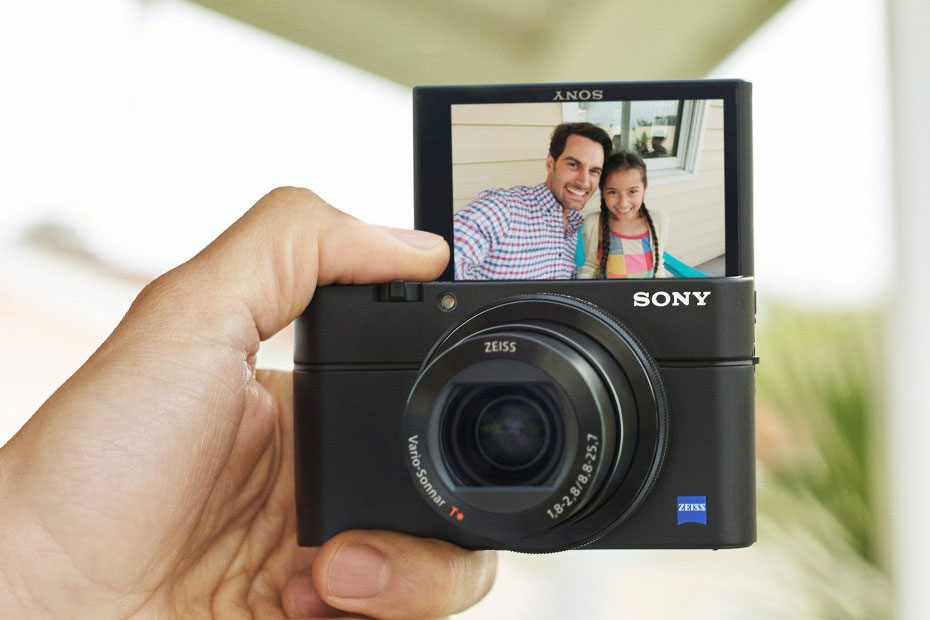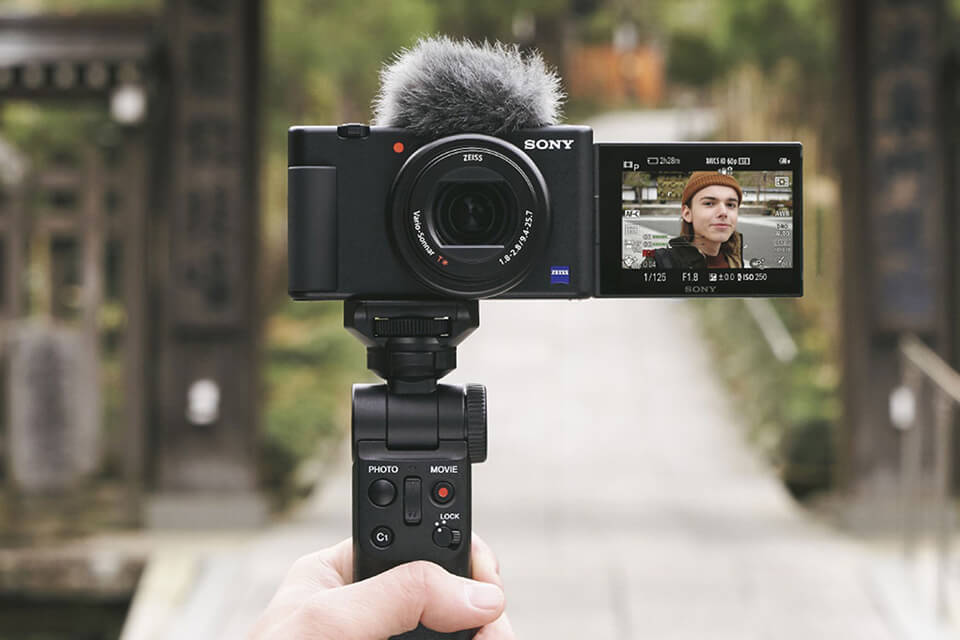How to Make Background Blur in Point and Shoot Camera for Pro Photographers
Ever wondered how to make background blur in a point and shoot camera? As professional photographers, achieving that much-coveted bokeh effect with equipment less versatile than DSLRs can seem challenging, but it's entirely possible.

Understanding Your Point and Shoot Camera
Before diving into techniques, it's essential to understand the limitations and unique features of point and shoot cameras. These cameras often come with smaller sensors and fixed lenses which can influence the depth of field and ultimately, the background blur.

Key Techniques to Achieve Background Blur
1. Mastering Aperture Settings
The aperture setting plays a critical role in achieving background blur. Choosing a larger aperture (smaller f-number) can help produce a shallow depth of field, resulting in that desired blurry background. Although most point and shoot cameras come with limited aperture control, many advanced models provide some manual settings.
2. Focusing on Proximity
One effective method to blur the background is by adjusting your proximity to the subject. The closer you are to your subject, the more the background will be out of focus. This technique is quite effective even with a fixed lens.
3. Using Zoom to Your Advantage
Another trick is to use the cameras zoom function. By zooming in and standing at a distance, you can compress the background. This, combined with a larger aperture setting, enhances the bokeh effect significantly.

Optimizing Camera Settings for Bokeh
4. Manual Mode and Custom Settings
Switching to manual mode if your point and shoot camera offers it could be incredibly beneficial. Customizing settings such as ISO, shutter speed, and aperture can have a substantial impact on your background blur.
5. Leveraging Scene Modes
Many point and shoot cameras come with built-in scene modes optimized for different shooting conditions. Utilizing the portrait mode or close-up mode can help emphasize the subject while blurring the background.

Lighting and Composition Tips
6. Natural Light
Utilizing natural light can enhance your photos by creating more depth and softer background blur. Shooting during golden hours can give your images that dreamy quality.
7. Background and Framing
Pay attention to what's in your background. Choosing a non-distracting background can help the blur stand out more. Additionally, framing your shot thoughtfully can guide the viewers eye to your intended focal point.
Advanced Post-Processing Techniques
8. Editing Software
Tools like Adobe Photoshop or Lightroom can be invaluable for enhancing background blur during post-processing. Techniques such as Gaussian blur or using the blur tool can work wonders on your photos.
9. Creating Mock Depth of Field
If capturing in-camera bokeh proves too tricky, creating a mock depth of field during editing can also deliver compelling results.
FAQs
1. Can I achieve quality background blur with an entry-level point and shoot camera?
Yes, by mastering techniques like adjusting proximity to the subject and utilizing your cameras zoom function, even entry-level point and shoot cameras can create significant background blur.
2. Does lighting affect the quality of the background blur?
Absolutely. Natural light, particularly during golden hours, can soften shadows and highlight the background blur, giving your photos a professional look.
3. Can post-processing tools replace missing camera capabilities?
While they can't completely replace the effects of in-camera settings, post-processing tools like Adobe Photoshop can significantly enhance background blur.
Want more insights on point and shoot cameras? Check this out.
As an Amazon Associate, I earn from qualifying purchases.

